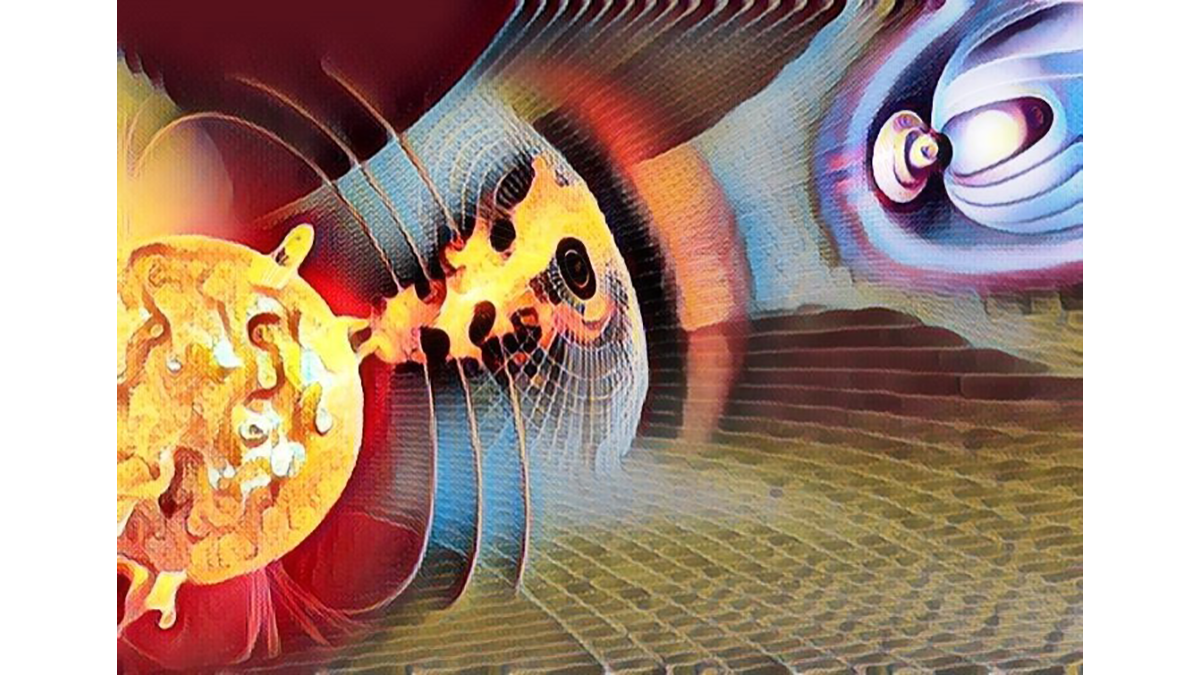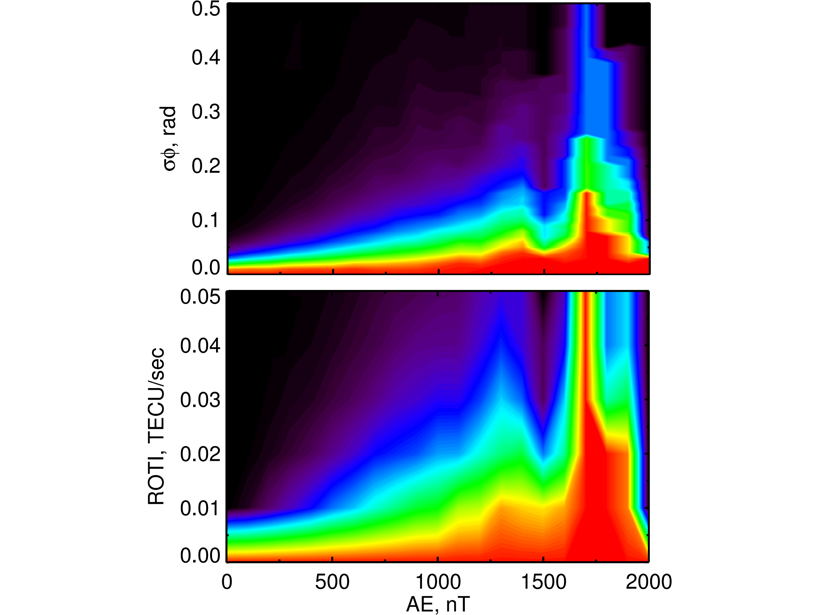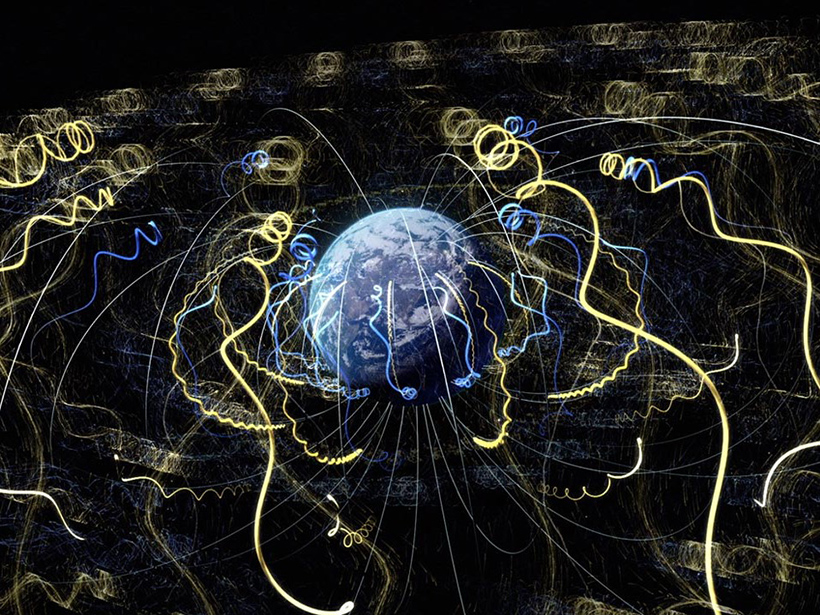The British scientist is the creator of climate stripes, the now-ubiquitous visual representation of climate change.
astrophysics
Erin Macdonald: Putting the Science in Science Fiction
The “Julia Child of science” makes science accessible through pop culture.
Eavesdropping on the Vibrations of Earth’s Magnetic Bubble
A NASA-funded crowdsourced science project has converted the unheard sounds resonating inside Earth’s magnetic shield into audible tracks, revealing an orchestra of whistles, wooshes, and chirps.
Machine Learning Helps to Solve Problems in Heliophysics
A new special collection invites papers pertaining to the use of machine learning techniques in all sub-fields of heliophysics.
Modification of Energetic Particles Loss Cone During Storms
The loss cone of energetic particles in the Earth’s inner magnetosphere is substantially modified during disturbed times, with important implications for the radiation-belt and ring current modeling.
The Auroral E-region is a Source for Ionospheric Scintillation
Observations reveal a connection between auroral particle precipitation and scintillation, indicating that the ionospheric E-region is a key source region for phase scintillation at auroral latitudes.
Wind: Discoveries and Impacts of a Venerable Spacecraft
Wind has been one of the most robust, diverse, long-lasting, and impactful heliophysics missions ever to have been carried out.
Taking Stock of Cosmic Rays in the Solar System
Scientists seek to understand the elusive properties of stellar and galactic cosmic rays before searching for life on exoplanets.
A New Approach to Characterizing Space Plasmas
When plasma particle velocity distributions have multiple, distinct parts, treating each as a separate beam may yield more intuitive results.










